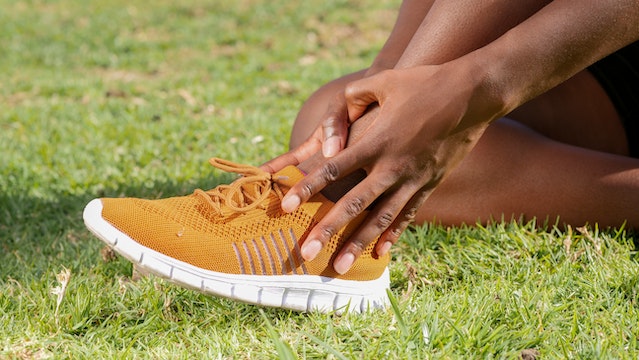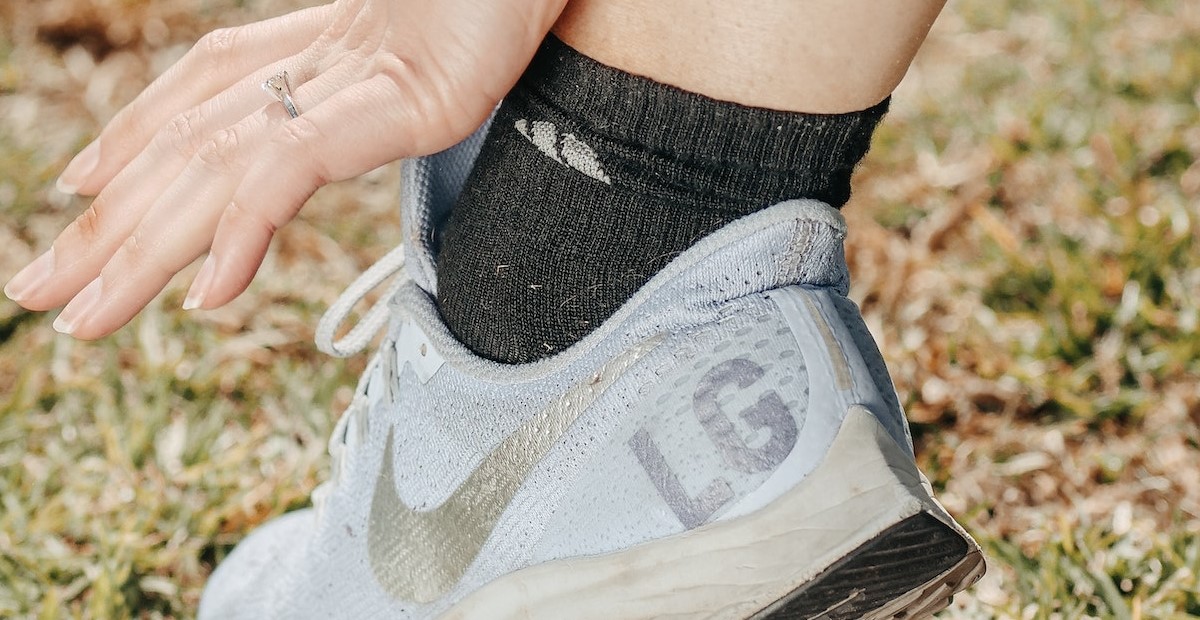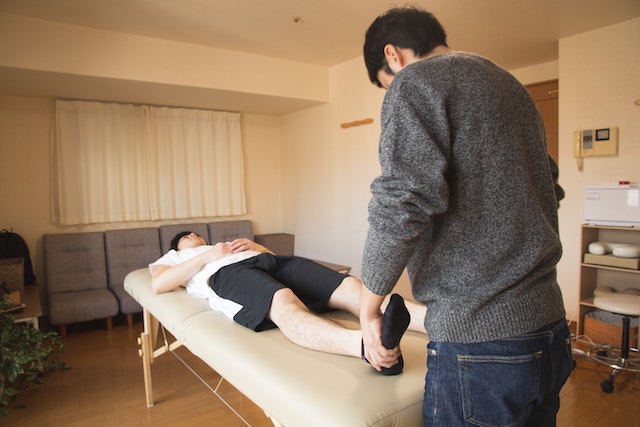
Contents
Learning how to prevent shin splints is great for more than shin pain, it could shape your entire fitness future too
Shin splints are a pain, you could have medial tibial stress syndrome, stress fracture, or other problems, but ultimately, you’re missing out on being you whilst you have any of these. And while we all want to help our running career, get back out there, and do what we do best, it’s important we don’t make our shin bone problems worse. One of the ways we could prevent this is by reading this post today.
As far as developing shin splints is concerned, the pain is usually felt on the front side of the lower leg, a pretty obvious area for an exercise routine strain. You can also get on the back side of the shin, so if you have any of the symptoms of shin splints, then you really need to check on them, but in the right way.
Causes and avoidance
Shin splint pain is due to inflammation of the muscles, oh, and the tendons, in the lower legs region. Leg muscles play an obvious part as to your running ability, but certain activities will bring this pain out more. Without seeing a physical therapist, here are some things to help when and if you have your shin splints diagnosed.
- Incorrect technique: You may also overpronate your ankles (ankles roll in) or supinate (when feet roll to the outside) when you run. This can cause your front leg muscles to work harder to stabilize your feet. So make sure you’re wearing the right gear, going at an appropriate speed and really doing the right thing when it comes to technique.
- High-impact activities: Running on hard, dynamic, rough, or inclined surfaces can be really bad for any strain, so avoid them. Favour, instead, softer surfaces with a higher level of absorbency in the surface range. Having this risk reduction will make a huge impact on your shin splint issues.
- Overuse: Shin splints are very common for beginner runners. It’s easy to overuse your bodily systems, so you’ll need to build up some resistance slowly, while it slows you down, it also means you can run for longer in the long run.




Conclusion
Whether you have flat feet or you’re on pain relievers, shin splints affect people differently and require different remedies. From stress fractures to bone tissue, there’s a lot that can go wrong. Prevention is the best way to go about shin splint worries, but of course, if you already have them, then seek the best advice possible going forward. It is always a good thing to make sure your form is correct, your environment not too hostile, and to progress slowly and appropriately.
FAQs
Is there ever no risk for shin splints?
Everybody is at risk in one or another, and everybody can expose themselves to environments where they are increasing their risk. It’s always down to the individual, but hopefully, the information provided above will help along the way.
**Want to learn more? Read our new post “How to heal shin splints” here!